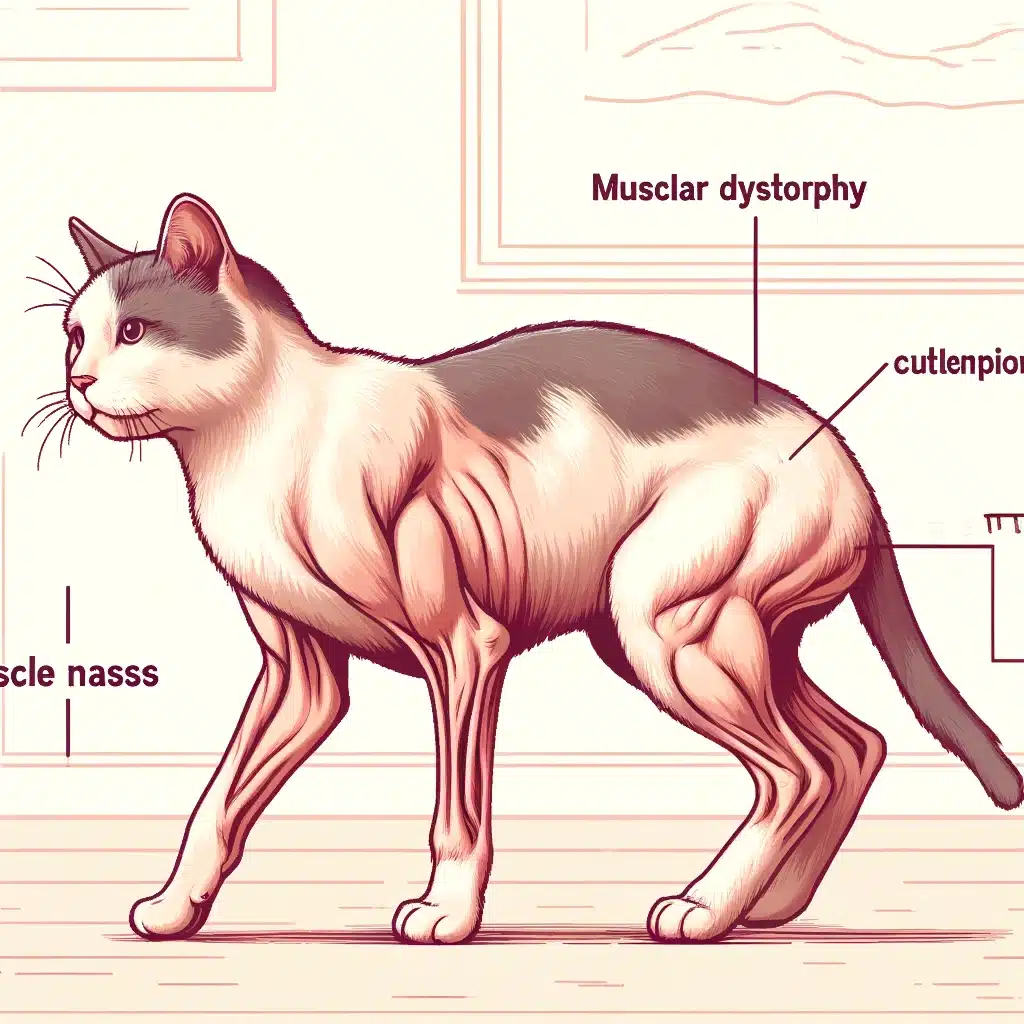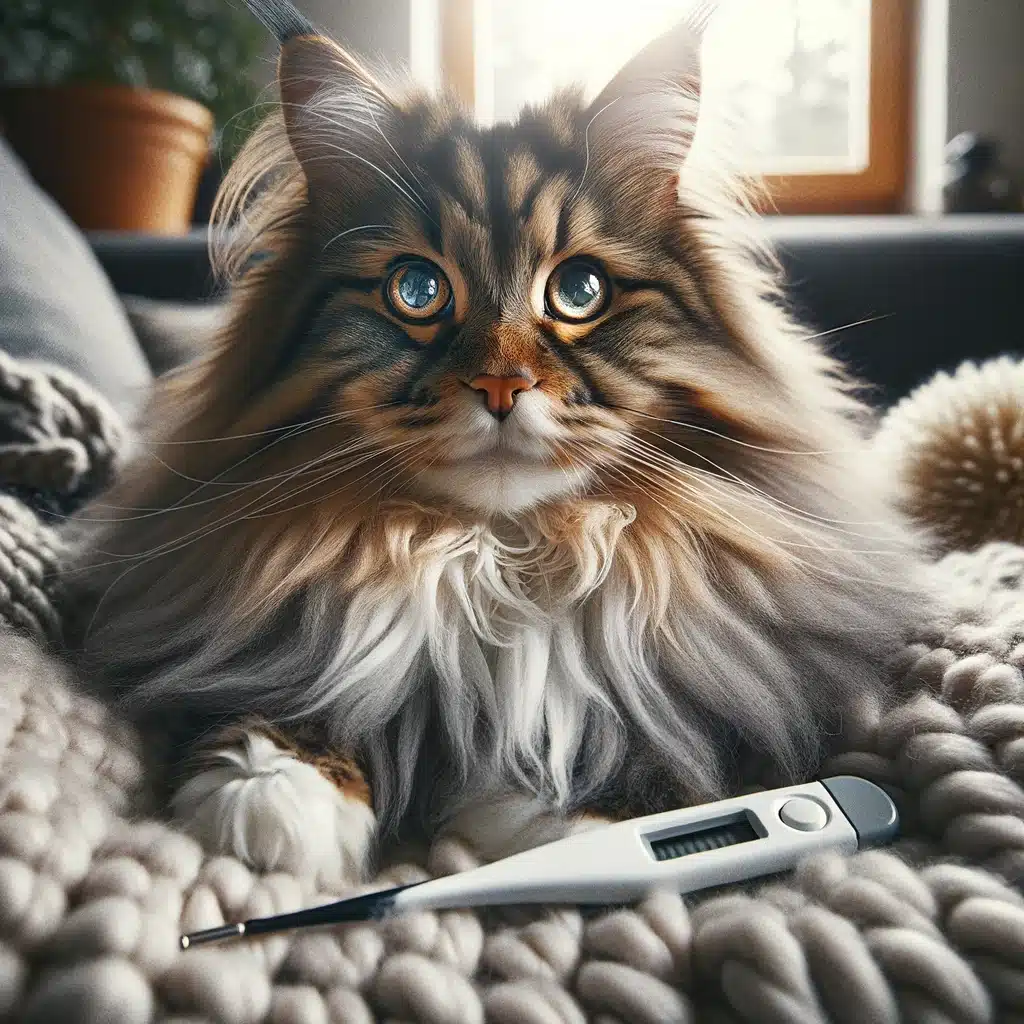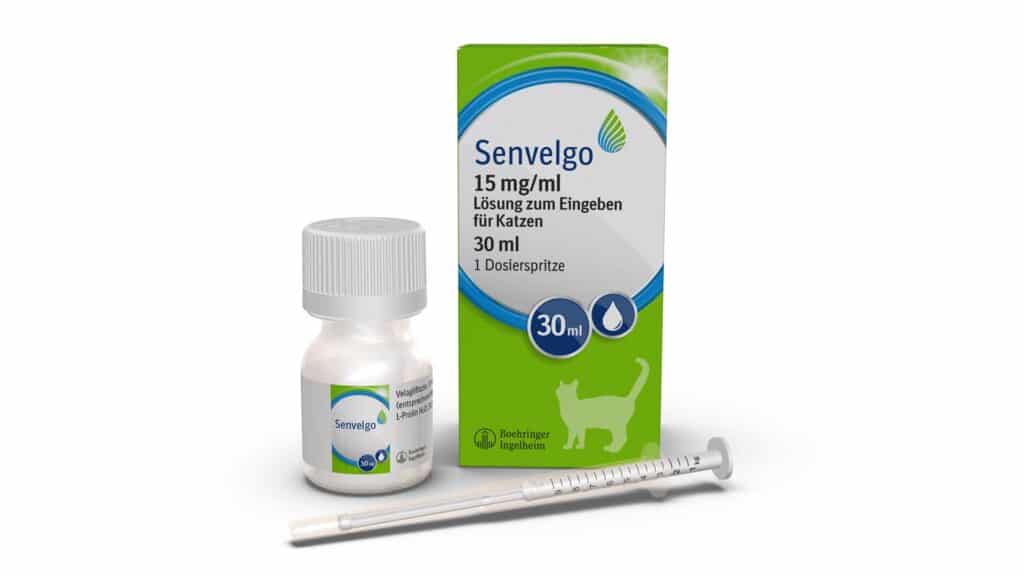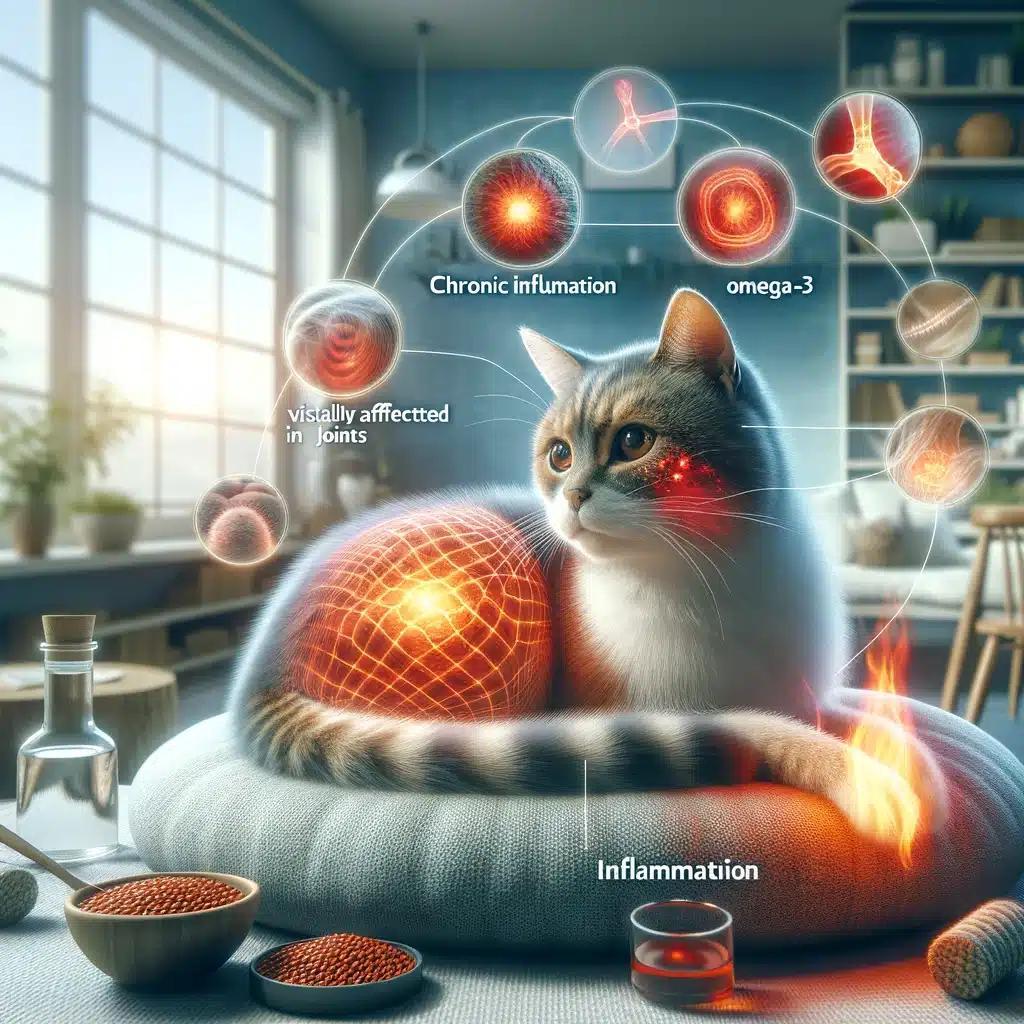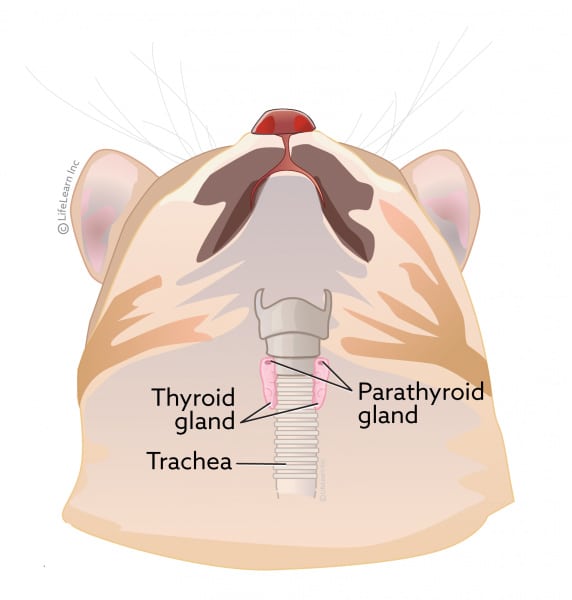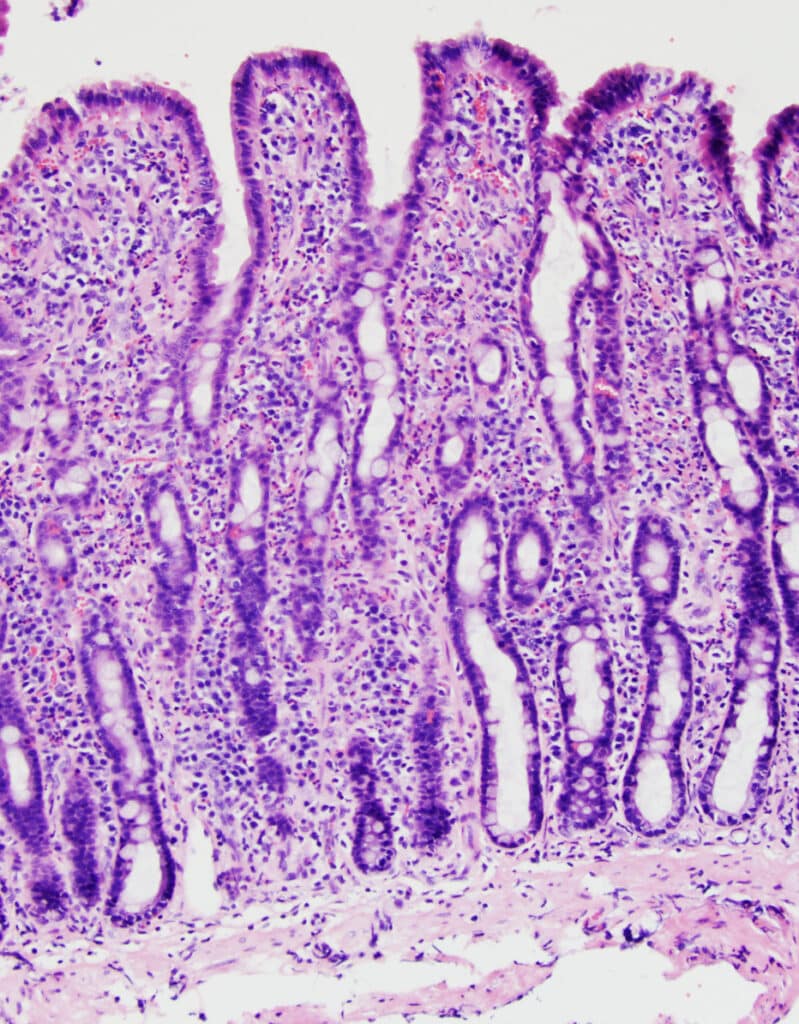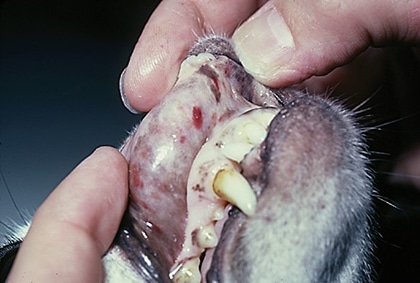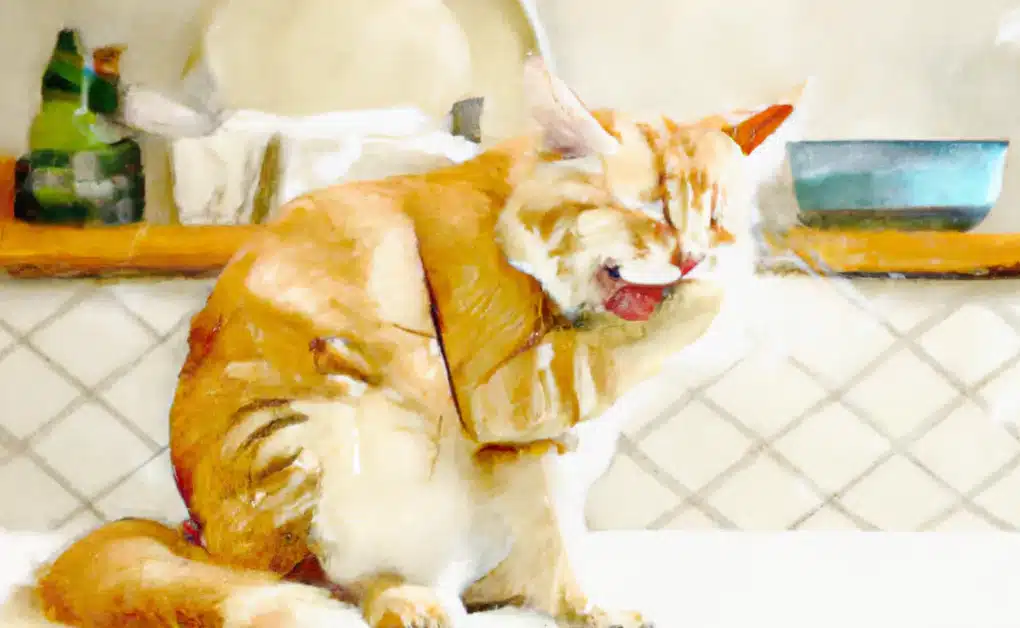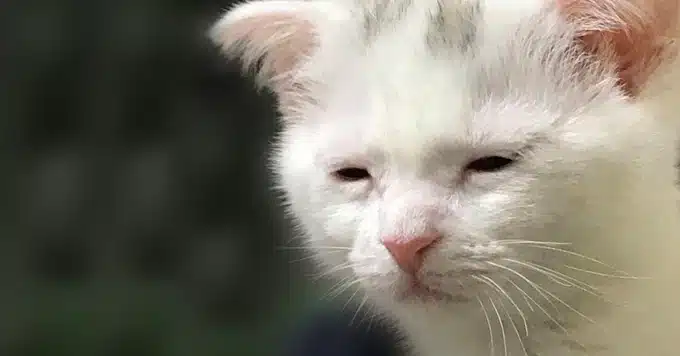Muscular dystrophy in cats
Muscular dystrophy in cats is an inherited, progressive and non-inflammatory degenerative muscle disease caused by a deficiency of dystrophin, a muscle membrane protein. This common muscle disorder occurs primarily in newborn cats or those under one year old. Domestic cats with short fur and Devon Rex cats are particularly affected.

